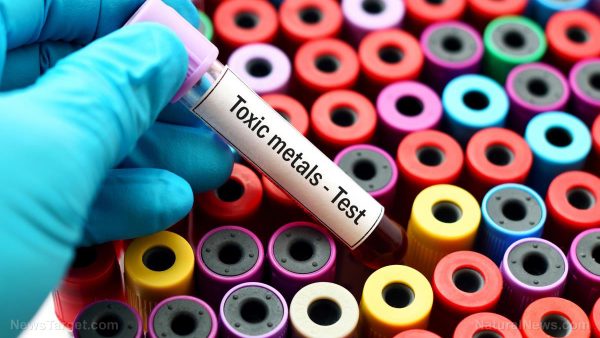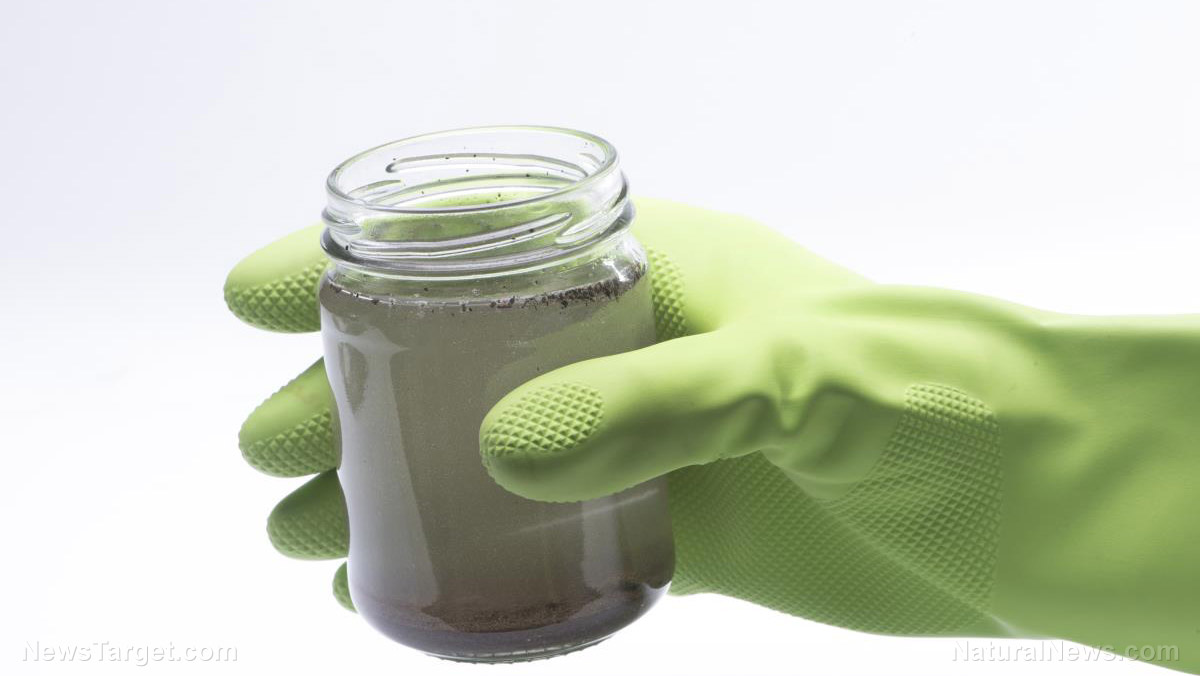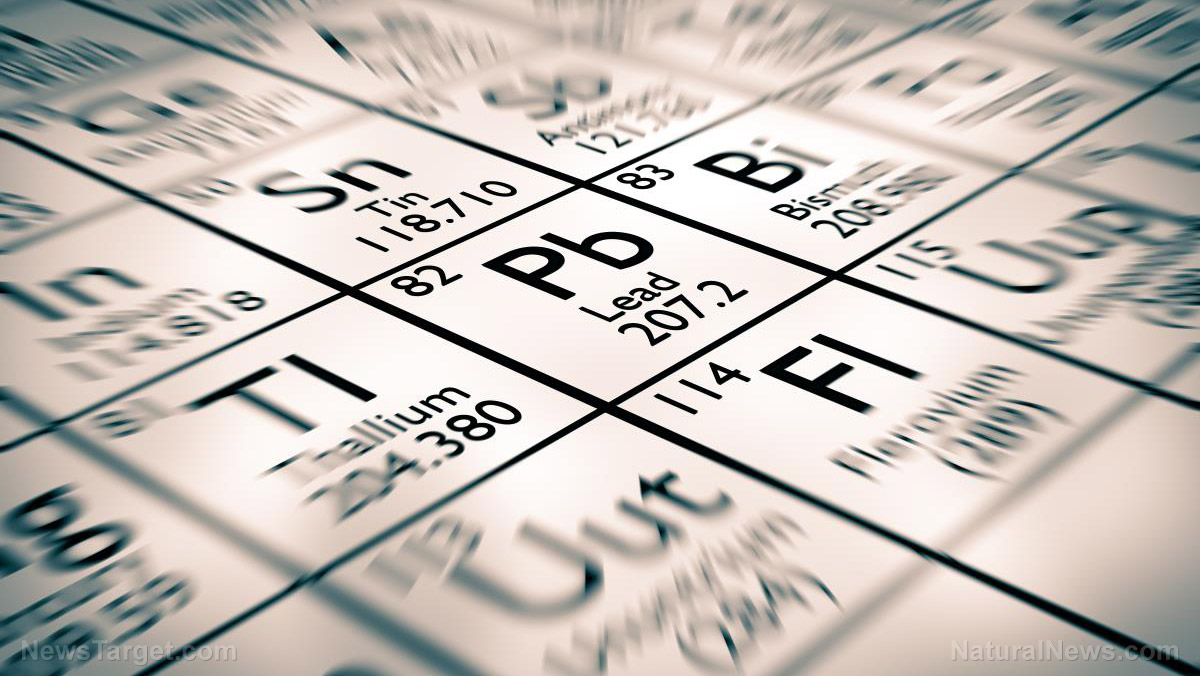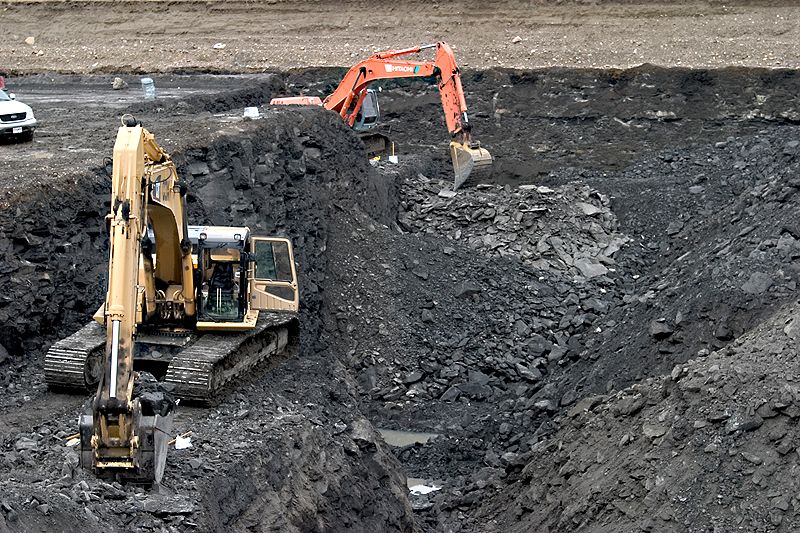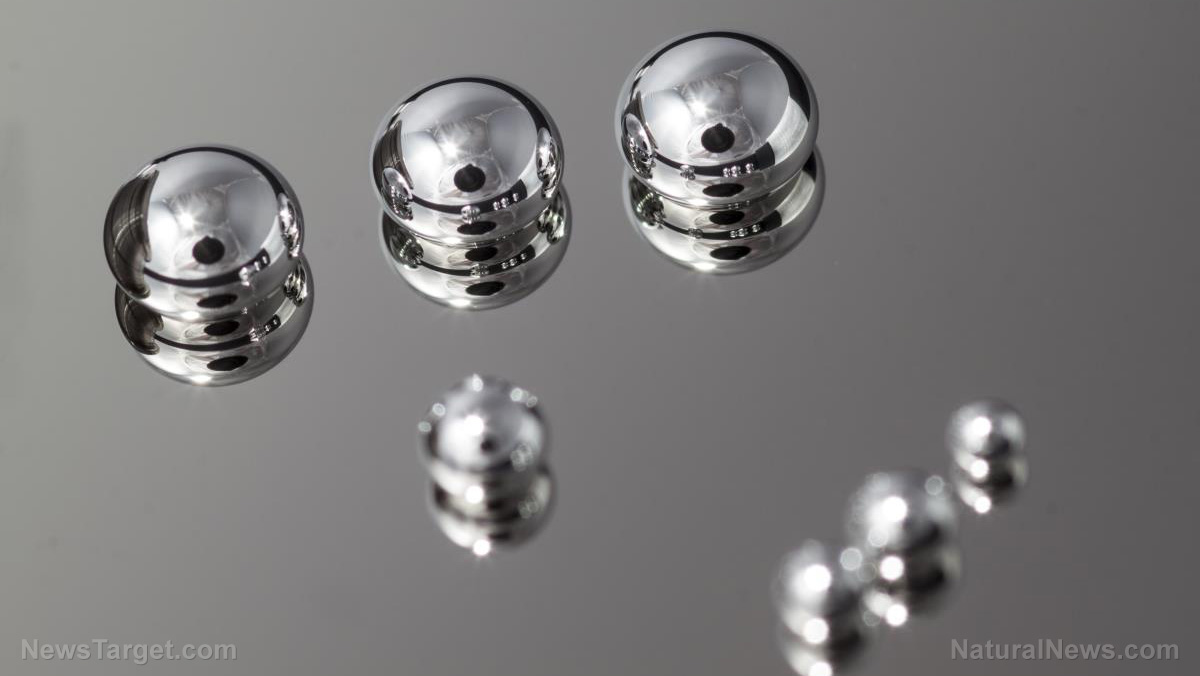Disturbing discovery: Replacing old water pipes with NEW pipes causes the unleashing of toxic lead and other heavy metals
08/13/2017 / By Isabelle Z.
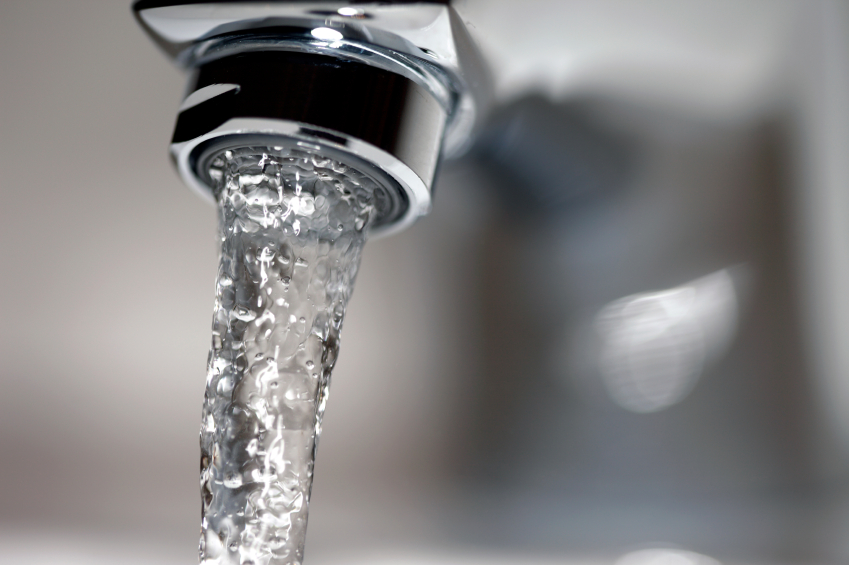
The country’s aging water infrastructure was thrust into the spotlight when the water crisis in Flint, Michigan, entered full swing a few years ago. This left many people questioning whether their water was also at risk. If you have lead in your drinking water, replacing the pipes might seem like the most obvious solution. However, a new study shows that this can actually make the problem worse, at least initially.
Elise Deshommes, Michele Prevost and their colleagues decided to investigate how well partial line replacements could help address the levels of lead in tap water after some studies suggested that upgrading certain segments of service lines rather than replacing the whole system is not effective in reducing lead levels in tap water.
They analyzed water samples that were taken from the taps of homes in Montreal for a period of 20 months. They chose homes where the lead lines had either not been updated or were undergoing the process of partial or full replacement.
Although they found that those homes that had recently had partial line replacements noted lower levels of lead in their water than those with no line replacement, 61 percent of the samples nevertheless exceeded the reference value set by the World Health Organization of 10 micrograms per liter.
The lowest levels of lead were detected in homes that had been given a full upgrade and homes whose lines had been given a partial replacement more than two years prior to the study.
Of particular concern was the fact that one of the homes noted a spike of more than 25,000 micrograms per liter of lead in the kitchen tap immediately after undergoing a partial line change!
Other factors could have also impacted the homes’ lead levels, but the researchers believe that full-service line replacements should be emphasized. They also recommend that people flush their replaced pipes before consuming the water. Their findings were published in the American Chemical Society’s Environmental Science & Technology journal.
No amount of lead is safe
While it is concerning to think that replacing segments of old pipes can cause a temporary spike in lead levels, this should not deter anyone from getting new pipes. Lead is a serious environmental contaminant that accumulates in the body and can remain in some tissues for many years, and both the EPA and the CDC have stated there is no safe exposure level.
Lead is particularly harmful to children. Even small amounts of lead exposure have been associated with IQ decreases, behavioral disorders and even certain types of juvenile delinquency as kids who were exposed to lead grow older. Higher levels of lead can cause children and adults alike to experience gastrointestinal problems, anemia, and coordination issues. It can also cause seizures, damage to the brain and other organs, and comas.
Replace lines, but use caution
Replacing pipes is almost always the best option, but people should keep in mind that the concentrations of lead in the water may go up immediately afterward and stay elevated for a few months beyond that. Therefore, they should continue avoiding the water until a sufficient amount of time has passed and the water has tested free of lead. Utilities that are replacing segments of aging lead pipes should inform all of the affected households that this type of work is underway and let them know how long extra precautions will be needed after the fact to avoid making the problem worse.
Sources include:
Tagged Under: drinking water, Flint water crisis, Lead in water, lead pipe replacement, lead pipes, partial pipe replacement




